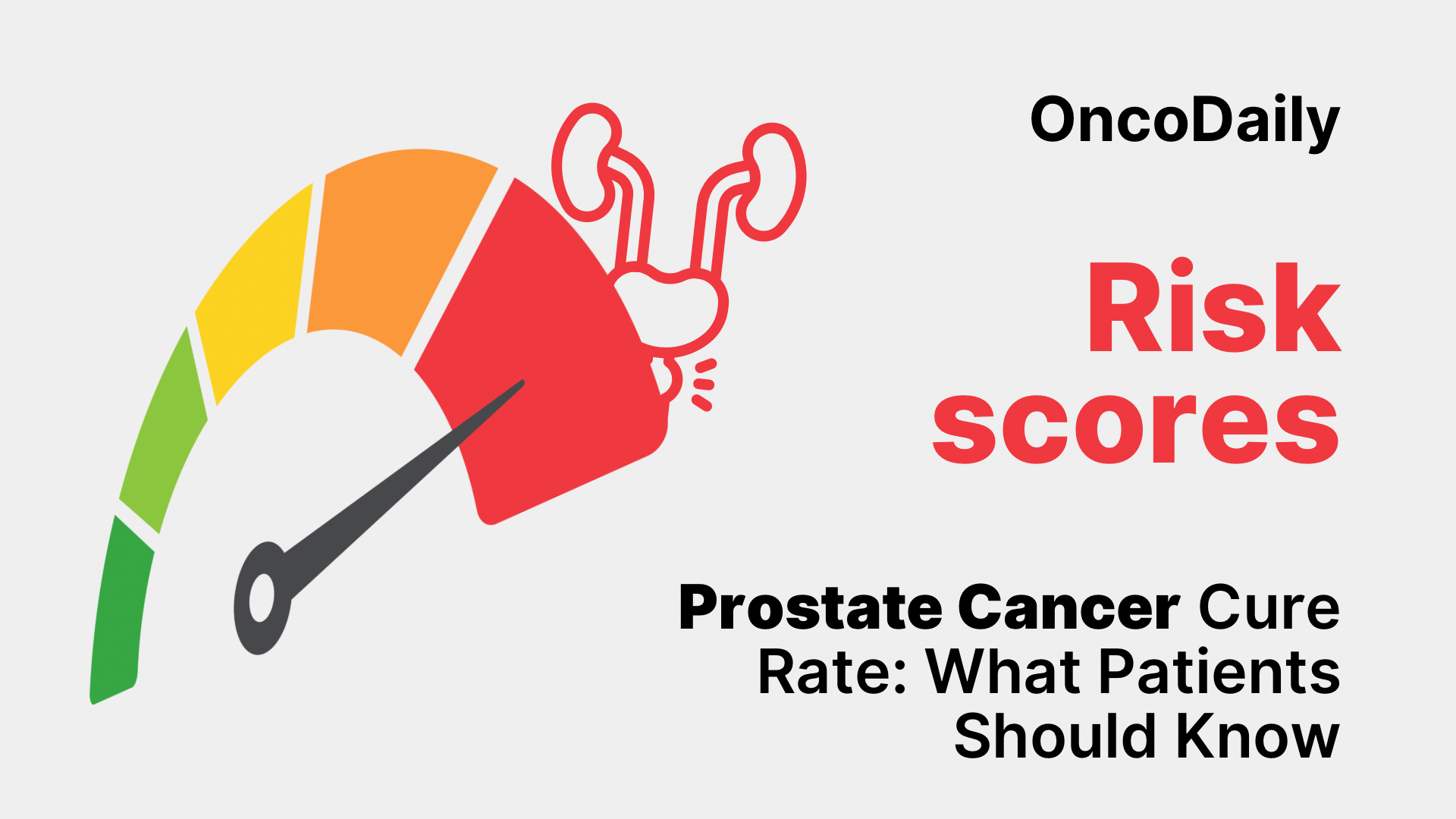Prostate cancer remains the most commonly diagnosed cancer in men in many parts of the world. Despite its high incidence, it is also one of the most treatable cancers when detected early. As men and their families face this diagnosis, one of the most pressing questions is: What is the prostate cancer cure rate?
Understanding How Common Prostate Cancer Is
In 2024, the American Cancer Society estimates that nearly 300,000 new prostate cancer cases will be diagnosed in the United States alone. Most men are diagnosed after the age of 65, often through routine prostate-specific antigen (PSA) testing or digital rectal exams. Unlike many other cancers, prostate tumors are frequently slow-growing and may not pose an immediate threat to life, especially in older patients.
What Does “Cure Rate” Mean in Prostate Cancer?
In cancer care, the term “cure” typically refers to a patient remaining free from disease recurrence for an extended period—often five years or more after treatment. In prostate cancer, the likelihood of being cured is closely tied to the stage at diagnosis, as well as the biology of the tumor. Localized tumors that are confined to the prostate gland have the highest chance of being eliminated entirely through surgery or radiation. As the disease advances beyond the prostate or spreads to distant organs, the possibility of a cure diminishes, although long-term disease control is often achievable.
Cure Rates by Stage of Prostate Cancer
When prostate cancer is diagnosed at an early stage—meaning the tumor is confined to the prostate—the five-year relative survival rate approaches 100%. In these cases, curative treatment typically involves either radical prostatectomy (surgical removal of the prostate) or external beam radiation therapy. Some men with very low-risk cancers may even choose active surveillance, avoiding immediate treatment while still achieving excellent outcomes.
For cases where the cancer has spread to nearby tissues or lymph nodes but not distant organs, the prognosis remains favorable. Most of these men can still be treated with curative intent, often using a combination of radiation and hormone therapy. According to U.S. statistics, the five-year survival for regional prostate cancer remains above 99%.
Once the cancer has metastasized—typically to the bones or lymph nodes—the chance of cure significantly declines. The five-year survival rate for metastatic prostate cancer is about 32%. While not curable in the traditional sense, many patients with advanced disease live for years, especially with modern therapies that combine androgen deprivation therapy (ADT) with newer agents such as abiraterone, enzalutamide, or radioligand therapy.

Which Treatments Offer the Best Chance of Cure?
For localized disease, both radical prostatectomy and radiation therapy offer excellent cure rates, with long-term survival outcomes being nearly equivalent. Advances in robotic-assisted surgery and precision radiotherapy techniques have further reduced complications and improved quality of life. In intermediate- to high-risk disease, adding hormone therapy to radiation has been shown to improve survival outcomes.
In recent years, clinical trials have confirmed that combining systemic therapies—such as ADT with chemotherapy or androgen receptor inhibitors—can prolong survival in metastatic disease. While not curative, these combinations can significantly delay progression and offer years of meaningful life.
What Factors Influence the Likelihood of a Cure?
Several clinical and biological factors influence the likelihood of curing prostate cancer. The most important of these include the cancer’s stage, the PSA level at diagnosis, and the tumor’s Gleason score (which reflects how aggressive the cancer looks under the microscope). Age and overall health also play a role, as older patients with other health issues may opt for more conservative management.
Genetic mutations such as BRCA2 or ATM can also impact both prognosis and treatment response. Men with these mutations may have a higher risk of aggressive disease and are sometimes candidates for targeted therapies or clinical trials.

What’s the Overall Outlook for Patients?
The overall outlook for men diagnosed with prostate cancer is very favorable. Across all stages, the five-year relative survival rate in the United States is approximately 97%. Most men with early-stage disease live long lives and are effectively cured of their cancer. Even in more advanced cases, emerging treatments are improving outcomes and offering hope.
Prostate cancer is increasingly managed as a chronic disease when not cured, with careful monitoring and evolving treatment strategies that aim to preserve both longevity and quality of life.
You Can Watch More on OncoDaily Youtube TV
Written by Armen Gevorgyan, MD
